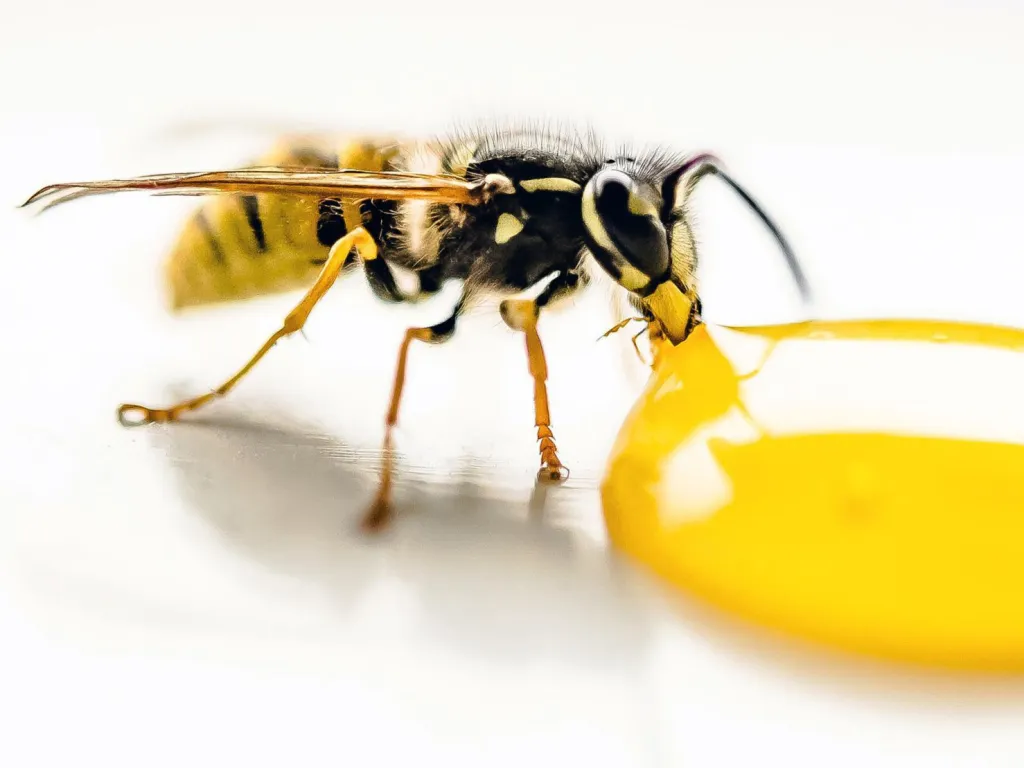Wasps can turn your peaceful home into a source of stress, especially when they build nests too close for comfort. While these insects play a role in controlling garden pests and pollination, their stings make them unwelcome houseguests. If you’re dealing with a wasp problem, professionals from Saela Pest Control can help you effectively get rid of wasps from your space.
Here are five practical and safe tips to help you remove wasps from your home and keep them away for good.
1. Locate and Remove Nests Safely
The first step in dealing with wasps is to locate their nest. Wasps generally build their nests in sheltered spots such as under eaves, in sheds, or even inside wall crevices. Identifying the nest helps you target the root of the problem.
To remove a small nest, wear protective clothing and wait until dusk or early morning when wasps are less active. Use a wasp-specific insecticide or a soapy water solution (mix two tablespoons of dish soap with water). Spray thoroughly and wait until all activity has stopped before carefully removing the nest and sealing it in a bag for disposal.
Never attempt to tackle a large nest by yourself, it can be risky, especially if the wasps feel threatened. Instead, call a professional if the nest is bigger than the size of your fist or located in a hard-to-reach area.
2. Use Natural Remedies to Deter Wasps
If you prefer a more eco-friendly approach, natural remedies can work well to drive wasps away. Essential oils, such as peppermint, clove, or lemongrass, are excellent natural repellents. Mix 10-15 drops of your chosen oil with water in a spray bottle and apply it to common nesting spots around your home.
Another effective natural deterrent is a decoy wasp nest. Wasps are territorial and usually avoid areas where other nests already exist. Hang decoy nests near your home’s entry points or outdoor spaces to discourage them from settling there.
For wasps that linger near outdoor dining areas, try placing sliced cucumber or bowls of white vinegar on tables. Both give off odors that wasps dislike, keeping them at bay.
3. Prevent Attraction by Eliminating Food Sources
Wasps are drawn to sweet smells and protein-rich foods. Outdoor meals, open soda cans, or unsealed trash bins can all be major attractants. To minimize their interest, make sure to keep food covered during picnics or barbecues and clean up spills right away.
When it comes to trash, always use bins with tight-fitting lids and take the trash out regularly. Rinse out recyclables like soda cans and juice cartons before tossing them to eliminate lingering sugar scents.
4. Seal Up Entry Points
Wasps often find their way inside your home through gaps in walls, windows, or doors. Inspect the exterior of your home for cracks, holes, or other openings. Use caulk to seal them up and install weather stripping around doors and windows.
Vents and chimneys are also common entry points. Consider covering these areas with fine mesh screens to keep wasps out while maintaining proper airflow.
By eliminating potential entrances, you’ll make it harder for wasps to turn your home into their own.
5. Call in Professional Help When Needed
While DIY methods can work well for small nests or minor issues, there are times when professional pest control services are the safest choice. If wasps have built a nest in a difficult or dangerous location, such as inside walls or high up where you can’t reach, experts have the tools and experience needed to remove it safely.
In addition, if you’re dealing with an aggressive species or experiencing repeated infestations, pest control professionals can assess the situation, remove the problem, and offer long-term prevention strategies tailored to your home.
Conclusion
Wasps can be unnerving, but with these practical tips, you can handle them safely and effectively. Locate and remove small nests early, use natural deterrents, and eliminate food sources to make your home less inviting. For larger or more complex problems, don’t hesitate to reach out to professionals.

